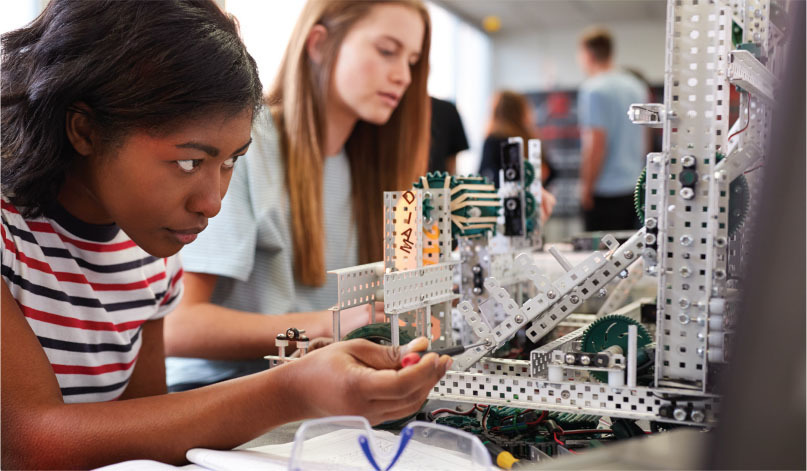August/September 2014
COMMUNITIES: EDUCATION
Interactive Activities Most Effective in Promoting Learning
Studies often show active teaching methods that engage students in the learning process improve learning compared to more passive methods. Yet some studies have demonstrated the opposite.
Researchers from Arizona State University and two other institutions collaborated on a study designed to address problems with prior research on learning activity types.
The study focused on engineering education and examined the following types of learning activities:
-
Passive. A student receives instruction, for example by listening to a lecture or watching a video.
-
Active. A student manipulates information overtly, such as highlighting sentences while reading or looking for specific information in a text or problem.
-
Constructive. A student generates knowledge beyond the materials, for instance by posing a research question or comparing and contrasting situations.
-
Interactive. Two or more students work together on activities that develop knowledge and extend understanding, such as by studying in pairs or defending their position with evidence.
Studies in an engineering classroom and within a controlled environment both found interactive learning, in which students can offer complementary knowledge and build on each other’s understanding, most effective, followed by constructive, then active. The research determined passive learning is the least effective in promoting learning.
It’s important to note, however, that the quality of discussion between group members is key. As the paper states, previous research has shown that “the effectiveness of interactive activities depends on factors such as the degree of interactivity, the degree of student knowledge construction, and students’ willingness to challenge or criticize each other.”
In addition, the recent research found that for shallow questions that don’t require deep inference, interactive learning may not offer additional benefits over constructive.
“Differentiated Overt Learning Activities for Effective Instruction in Engineering Classrooms” appeared in the July 2013 issue of the Journal of Engineering Education.


 Volunteering at NSPE is a great opportunity to grow your professional network and connect with other leaders in the field.
Volunteering at NSPE is a great opportunity to grow your professional network and connect with other leaders in the field. The National Society of Professional Engineers (NSPE) encourages you to explore the resources to cast your vote on election day:
The National Society of Professional Engineers (NSPE) encourages you to explore the resources to cast your vote on election day:



